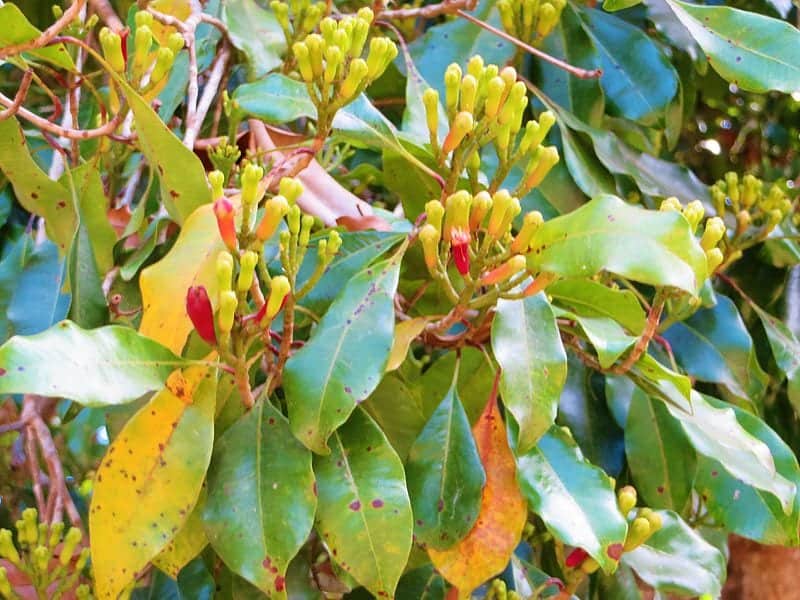Essential oils could help remove fungi to improve indoor health quality
Concerns regarding indoor air quality, particularly the presence of fungi and moulds and the health risks they pose, are increasing. The potential for essential oils to reduce, control or remove fungi has been gaining interest as they are seen as a natural alternative to synthetic chemical fungicides.
By Julie Colthorpe
The adverse health effects environmental pollution has on human health has long been documented. Now, the issue of indoor air quality has become an increasing concern on public health. One of the leading indoor air quality complaints is the presence of fungi and moulds, which have been associated with increased risk of adverse health effects.
The most common harmful health effects associated with fungi in indoor environments are various respiratory conditions as well as allergies, infection or toxigenic effects. Among the allergic responses are rhinitis, eye irritation, coughs and the aggravation of asthma, which is in particular evident in children from developed countries.
In a review published in Reviews on Environmental Health, the authors examine published research on essential oils as a method of fungal control in indoor environments. The biggest challenge the authors found with comparing the fungicidal efficacy of essential oils from different studies is the lack of a standard method and reporting language. Additionally, the efficacy of essential oils is also dependant on the fungal species being challenged which makes it difficult to compare studies using different fungal isolates.
Clove oil most effective
Despite these challenges, clove oil was identified as the best-performing essential oil with strong antifungal capabilities. Additionally, there appears to be some evidence to support the essential oils tea tree oil, oregano, thyme and lemon as potential antifungal agents with relevance to indoor air quality.

Heartwood, marjoram, cinnamon, lemon basil, caraway, bay tree, fir, peppermint, pine, cedar leaf and manuka were also identified in at least one study as having antifungal potential; however, there is a need for more robust studies to examine these further.
In their review, the authors state that future studies should focus on comparing the effectiveness of these essential oils against a large number of fungal isolates from indoor environments. Studies will need to focus on translating these results with in situ studies investigating the effectiveness in actual buildings and assessing the potential for long-term antifungal persistence.
Furthermore, when considering the application of these essential oils in building environments, the effect of different concentrations, mechanisms of application and the potential human side effects must also be examined.
Read the original article here